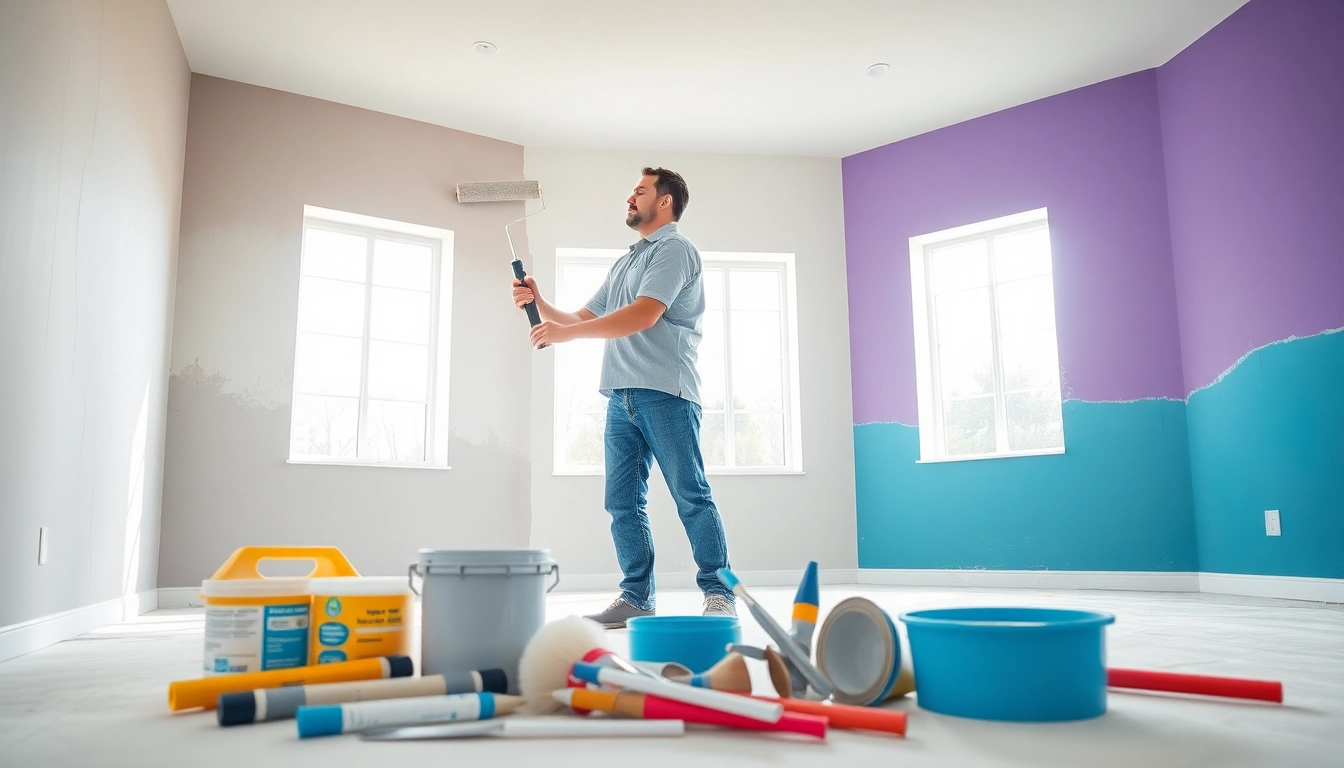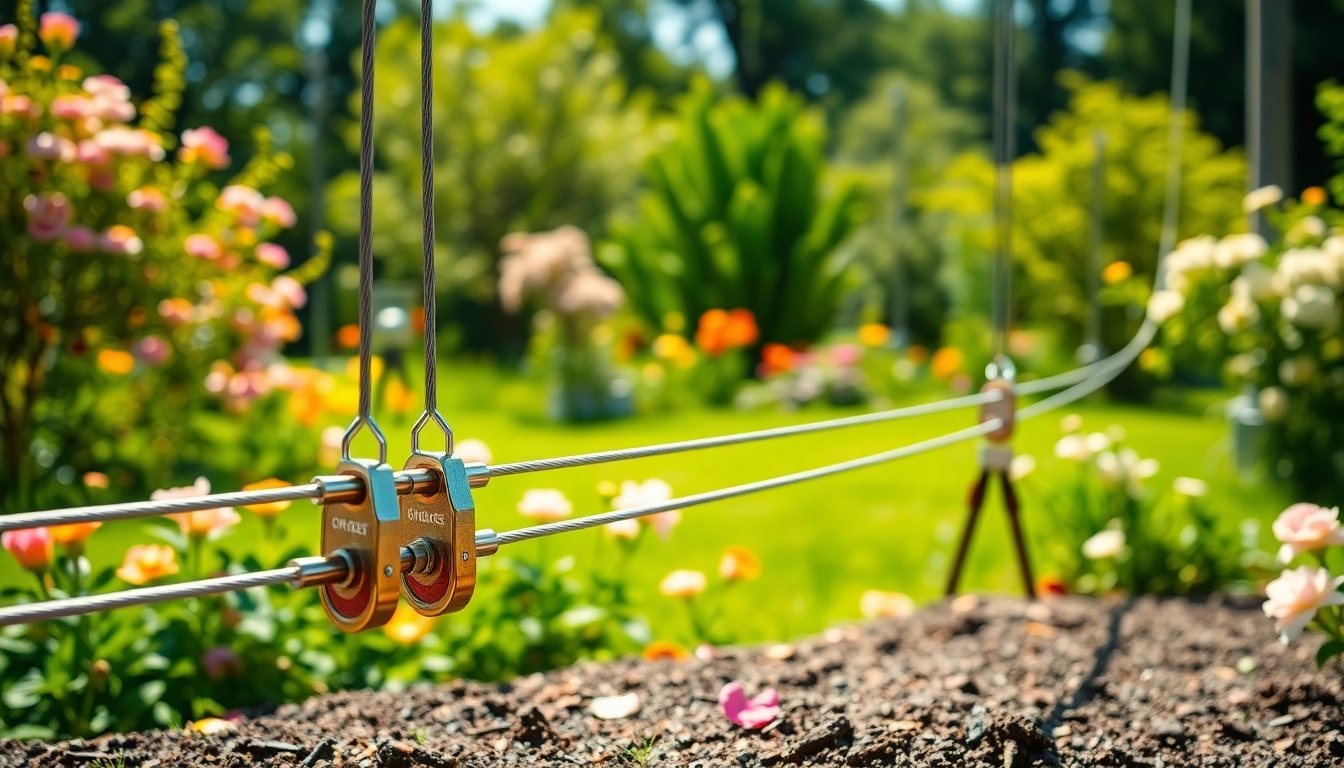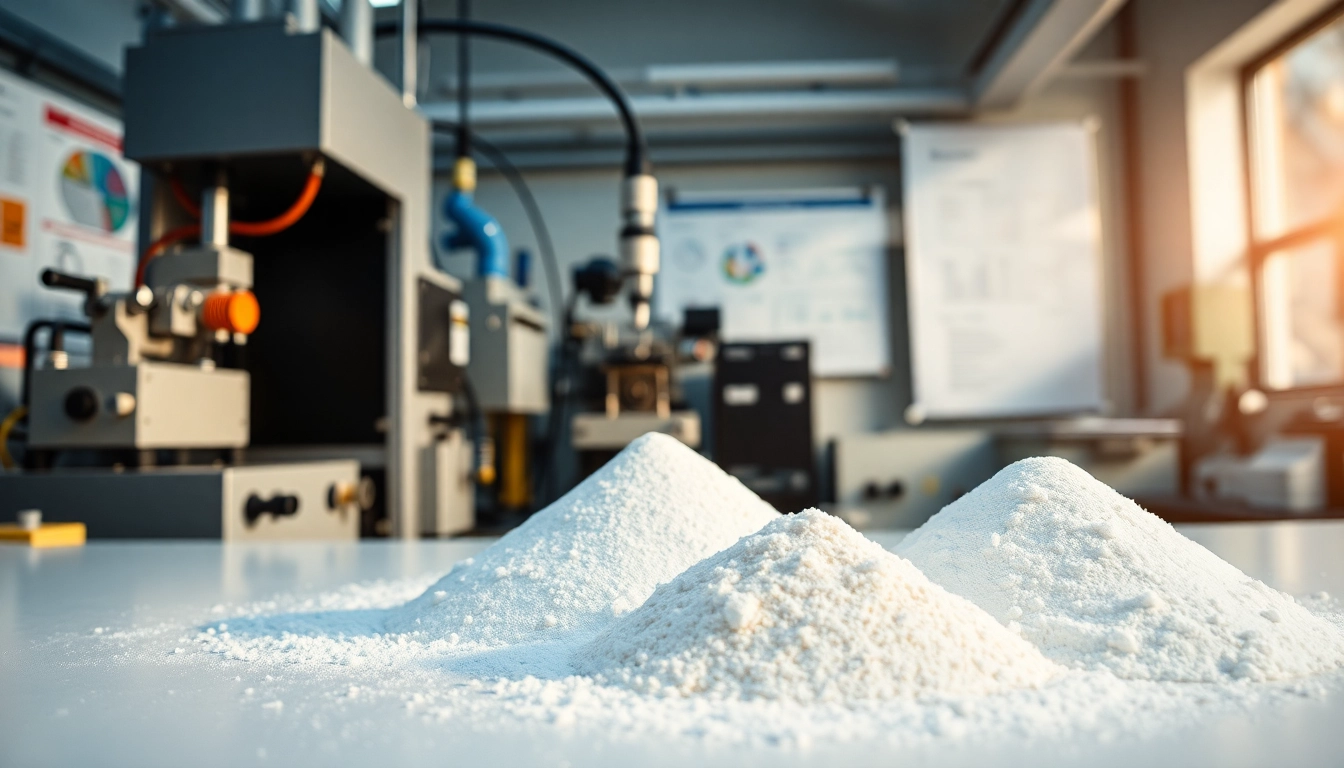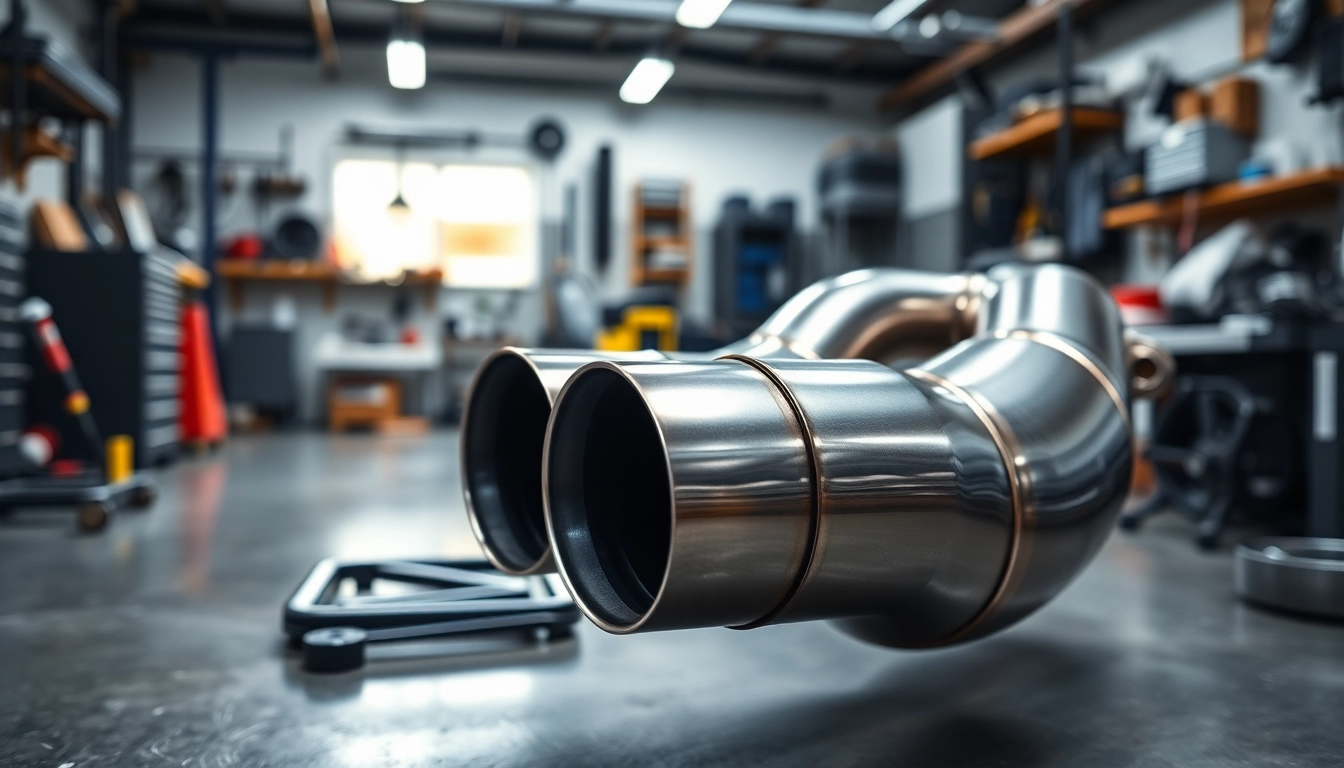
Understanding Drywall Painting Basics
Drywall painting is a crucial aspect of the home improvement process, transforming bare walls into beautifully finished spaces that reflect personal style and character. Whether you’re redoing the paint on existing surfaces or preparing new drywall for its first coat, understanding the essentials of drywall painting is vital for achieving optimal results. By familiarizing yourself with the proper techniques and materials, you can ensure a professional finish that adds both aesthetic and monetary value to your home. In this extensive guide, we’ll delve deep into drywall painting, exploring everything from preparation and execution to maintenance and common pitfalls to avoid.
What is Drywall Painting?
Drywall painting involves applying a protective and decorative coat over gypsum board panels, commonly used in interior walls and ceilings. The process enhances aesthetics and provides a layer of protection against moisture and damage. Proper drywall painting is not just a finishing touch; it involves the careful preparation of the surface, the selection of suitable primers and paints, and the use of techniques that ensure smooth coverage and durability.
Importance of Proper Preparation
Preparation is arguably the most critical step in drywall painting. Proper preparation not only leads to a beautiful finish but also ensures that the paint adheres well and lasts longer. This process includes cleaning the surfaces, repairing any imperfections, and priming the drywall. Neglecting this stage can result in peeling paint, uneven texture, and unsightly imperfections that detract from the overall appearance. The time spent on preparation will reflect in the quality of the final result.
Tools and Materials You’ll Need
To effectively paint drywall, collecting the right tools and materials is essential. Here are some of the fundamentals you’ll need:
- Drywall Primer: A specific type of primer formulated for drywall. It helps seal the surface and promotes paint adhesion.
- Paint: Select a quality paint suited for your project, usually latex-based for easier cleanup and application.
- Paint Brushes and Rollers: Different sizes and types for various areas; rollers work best for larger surfaces.
- Sanding Sponges or Blocks: For smoothing out any rough patches or joint compound.
- Drop Cloths: To protect floors and furniture from spills and splatters.
- Painter’s Tape: For creating clean lines and preventing paint from bleeding onto surfaces that shouldn’t be painted.
- Masks and Gloves: To protect yourself from paint fumes and chemicals.
Step-by-Step Guide to Painting Drywall
Prepping Your Drywall Surface
The first step in painting drywall is properly prepping your surface. Begin by cleaning the walls to remove dust, dirt, and grease. Vacuum the walls lightly and wipe them down with a damp cloth. It’s essential to identify any imperfections, such as dings, dents, or holes caused by nails, and fill them with joint compound. Once the compound is dry, use sandpaper to smooth out these areas until they are flush with the surrounding drywall.
Selecting the Right Primer and Paint
The next critical step is selecting the right primer and paint. Using a drywall primer helps in sealing the surface and enhancing paint adhesion. After priming, choose a paint that suits your lifestyle; for instance, satin or eggshell finishes are ideal for interior walls due to their washability. If you’re painting high-traffic areas, consider higher durability paints that resist stains and scuffs.
Applying Your First Coat: Techniques to Use
With your surface prepped and materials selected, it’s time to apply the paint. Begin by using a brush to cut in around the edges and corners. A high-quality angled brush will serve best for achieving clean lines. After cutting in, use a roller to apply the paint to the larger surfaces. Work in sections, ensuring you maintain a wet edge to avoid lap marks. Depending on the paint and color, multiple coats may be required, so allow sufficient drying time between each application.
Common Mistakes to Avoid in Drywall Painting
Poor Surface Preparation Consequences
One of the primary mistakes people make when painting drywall is skipping the preparation process. Failing to properly clean or repair the drywall leads to paint adhesion issues and a subpar finish. Paint may peels off in areas where dust or debris remains or where imperfections haven’t been adequately addressed. Always take the time to prepare surfaces correctly for the best results.
Ignoring Primer: Benefits and Pitfalls
Some homeowners are tempted to skip the primer, thinking that one less coat will save time and supplies. However, without primer, paint may not adhere correctly, leading to an uneven finish or, worse, paint failures like peeling or blistering. A primer provides a uniform surface, cancels out disparities in texture, and improves the longevity of the paint job. Always prioritize primer, especially on new drywall.
Inconsistent Paint Application
Achieving a consistent coat of paint can be challenging, particularly for novices. It’s crucial to apply an even amount of paint and to maintain a wet edge to avoid visible lines where two coats overlap. To achieve crisp, smooth finishes, avoid overworking the paint with your brush or roller, as this can create inconsistencies. Using the right techniques and tools minimizes these errors and fosters a professional look.
Advanced Drywall Painting Strategies
Using Textures and Finishes for Impact
Texture not only adds visual interest but can also mask imperfections in the drywall. Techniques such as slap brush, knockdown, or sponge effect can create unique finishes. Choose your texture based on the style you wish to achieve and the eradication of any irregularities on a wall. It’s important to practice these techniques if you’re trying them for the first time, as the results can greatly enhance the overall look of your painted drywall.
Incorporating Color Theory in Your Choices
Color has powerful psychological impacts and can alter the perception of space. Familiarize yourself with basic color theory to make informed choices about paint colors. Light colors can make a room feel larger and airier, while dark shades can convey warmth and intimacy. Consider the existing decor and the mood you wish to achieve in each room. Test paint samples on the wall before making a final decision, as paint can appear different under various lighting conditions.
Expert Tips for Professional-Looking Results
For results that rival those of professional painters, consider implementing some expert tips. Firstly, use extension poles with your rollers to make painting ceilings and high walls easier, reducing fatigue. Secondly, invest in quality painters’ tape; this can make a significant difference in achieving sharp lines. Lastly, remember to clean your tools thoroughly post-job to prolong their lifespan and maintain optimum performance for future projects.
Maintaining Your Painted Drywall
Cleaning and Upkeep of Painted Drywalls
Once your drywall is painted, maintenance is key to preserving its appearance. Regular dusting and cleaning prevent dirt buildup, and using a soft sponge or cloth with mild soap and water helps maintain the paint. Avoid harsh chemicals that could damage the paint finish. For marks and stains, a gentle scrub with a baking soda paste can often restore wall beauty without damaging the paint.
Touch-Up Techniques for Lasting Quality
Scuffs and scratches are inevitable, particularly in high-traffic areas. Hence, knowing how to perform touch-ups effectively is essential. Use a small artist’s brush for detailed work, applying a tiny amount of paint to the scuffed area. Feather the edges to blend with surrounding areas and allow to dry completely. Touch-ups can be made easier if you keep leftover paint for future repairs and document the color name and formula for easy replacement.
When to Repaint: Signs and Indicators
Typically, the longevity of a drywall paint job is dictated by several factors, including paint quality, surface wear, and environmental conditions. Look for signs indicating it’s time for a repaint, which may include noticeable fading, discoloration, peeling paint, or severe stains. Performing regular maintenance checks within your home can help you identify the right times to refresh your paint, helping you maintain the integrity and aesthetic of your drywall.








